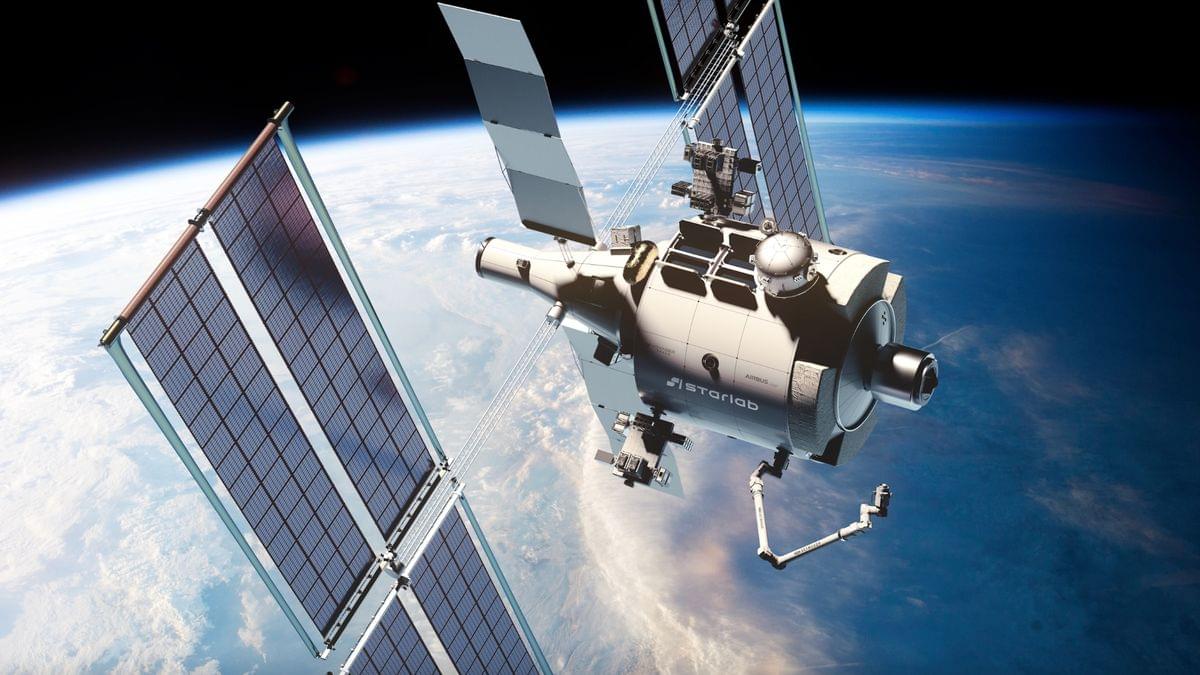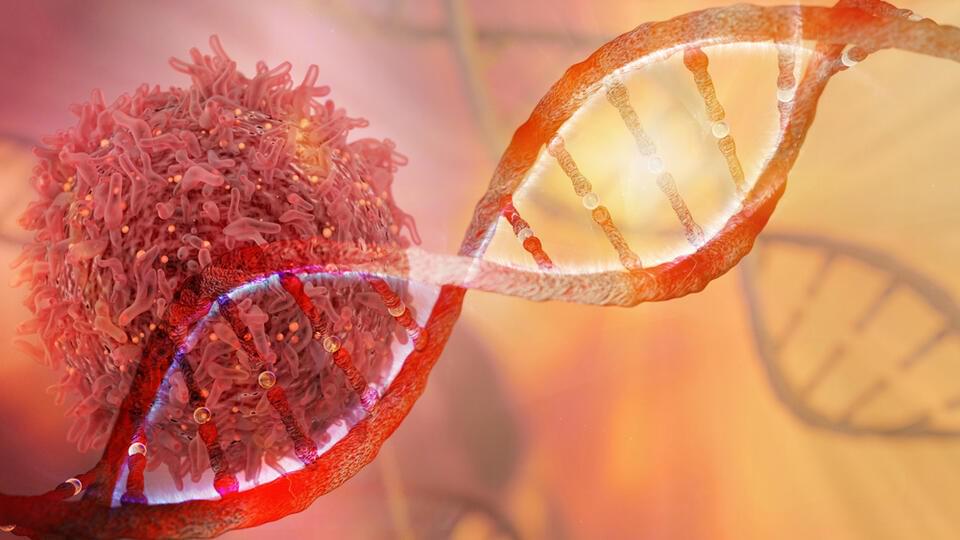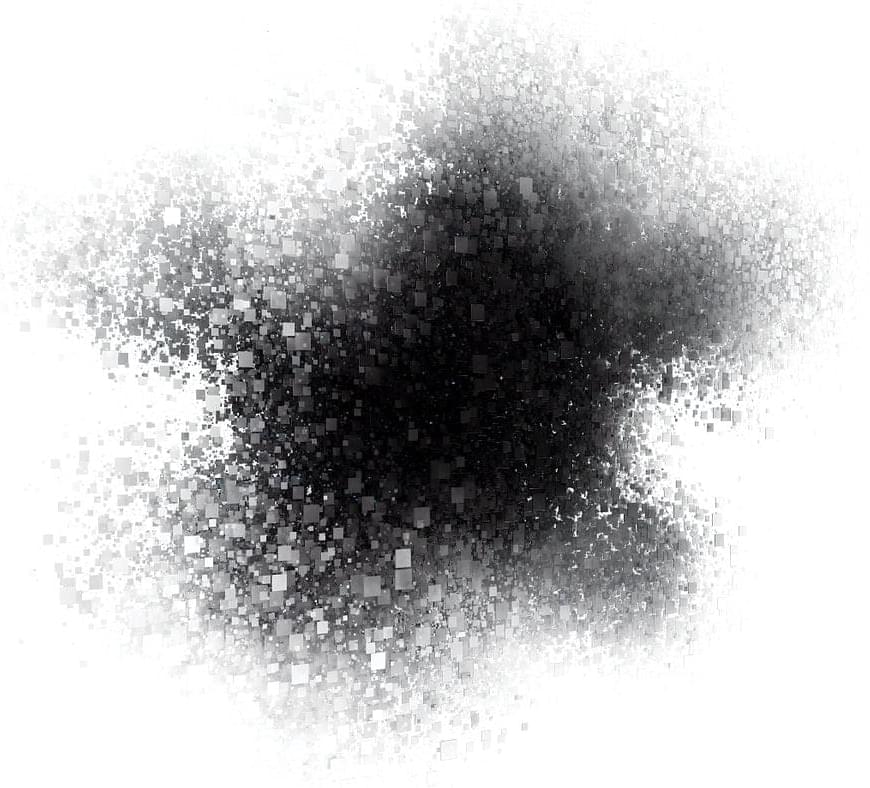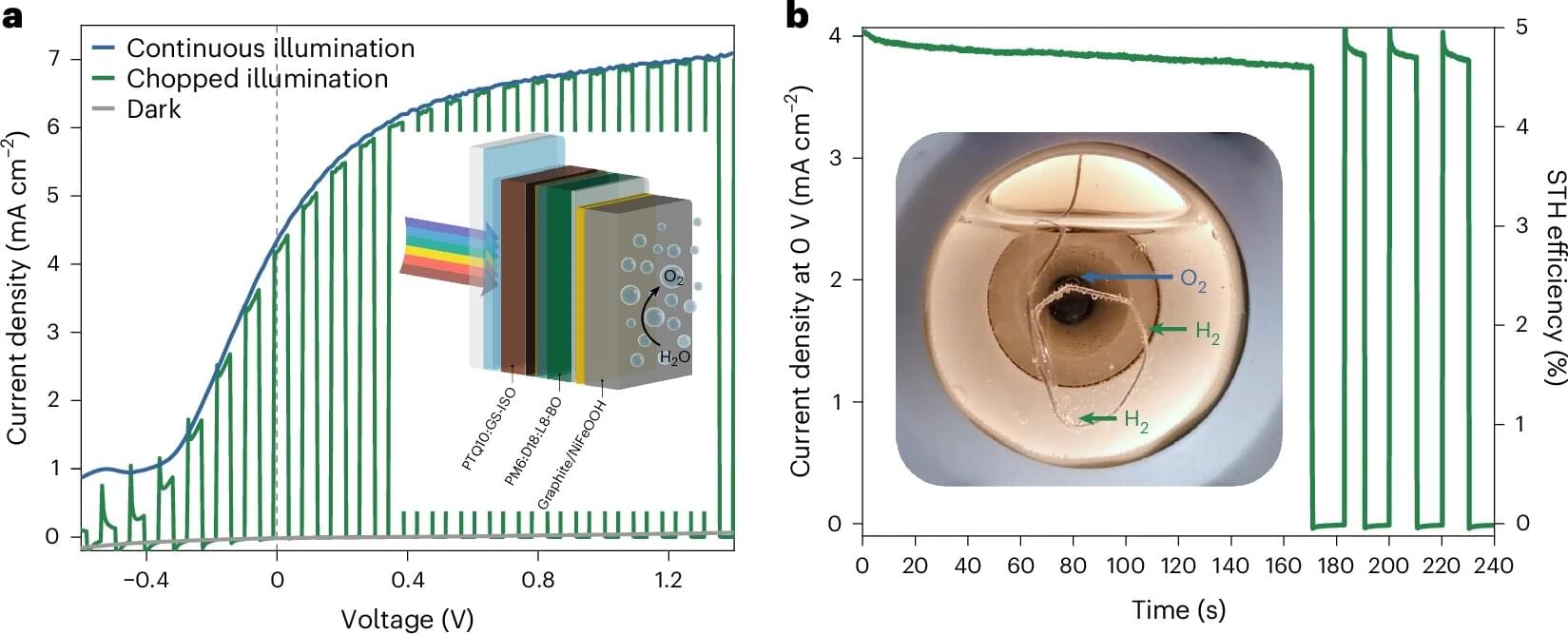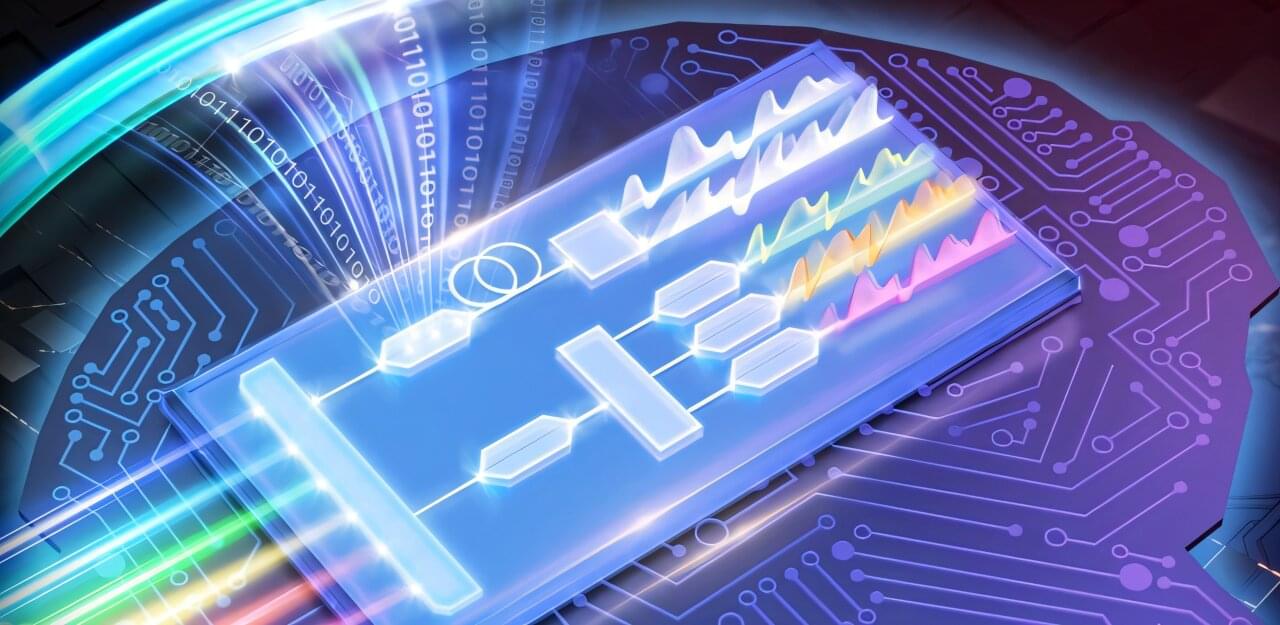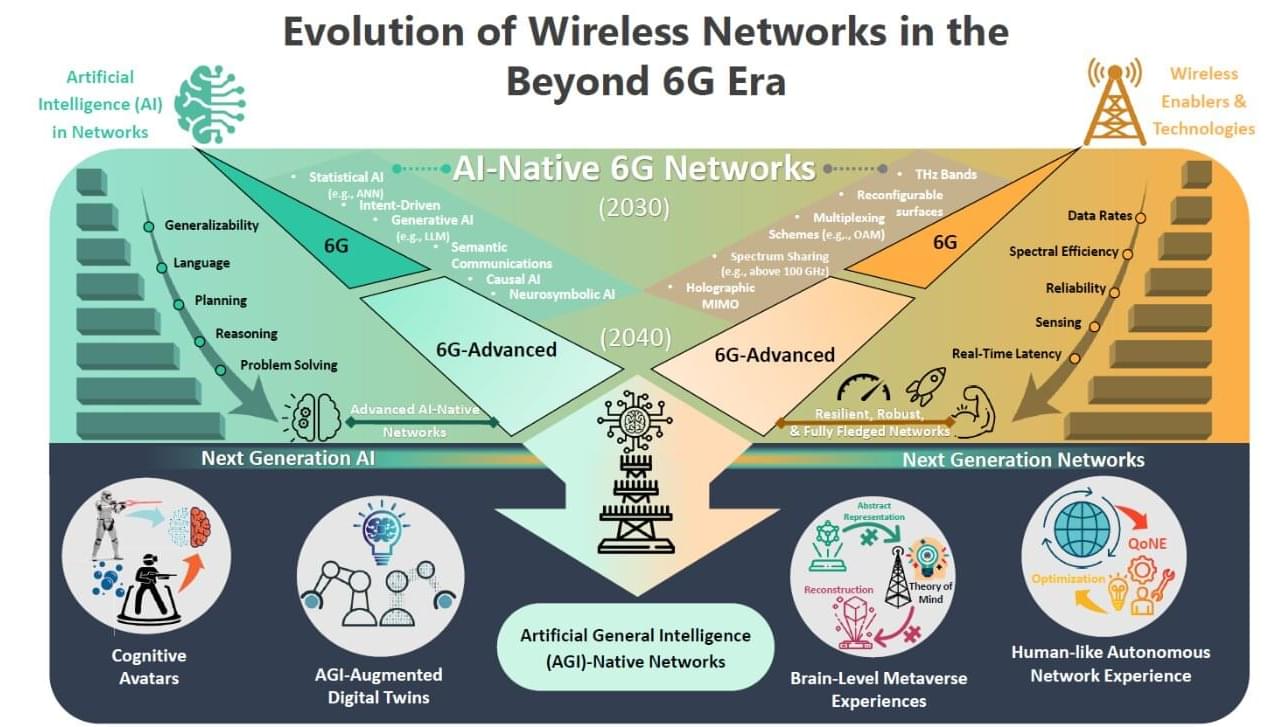“Our successful PDR is a testament to the expertise and dedication of our team,” Starlab CEO Tim Kopra said in the statement. “This milestone confirms that our space station design is technically sound and safe for astronaut crewed operations. Now, with our partners, we shift our focus to the full-scale development of the station, including the manufacturing of critical hardware and software integration.”
The 12,000-cubic-foot (340-cubic-meter) Starlab will be fitted with a robotic arm and a set of racks for microgravity experiments to enable companies and researchers to develop new products in space. Voyager also hopes to seal a contract with NASA to host the agency’s astronauts.
